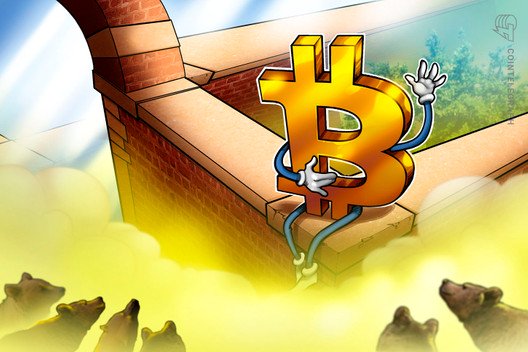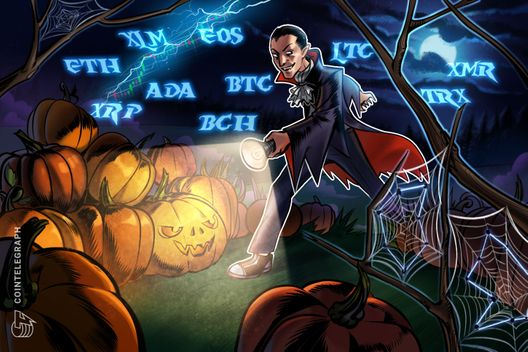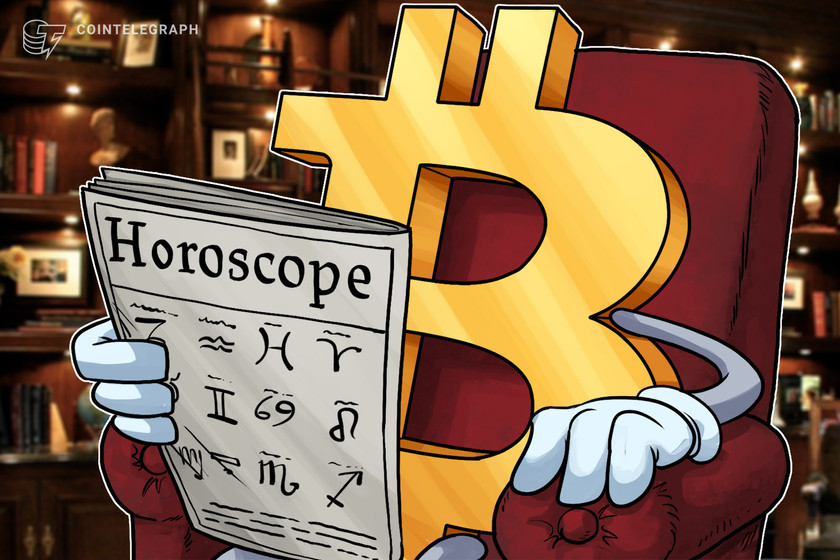Generative AI will disrupt blockchain too: Here’s how
Artificial intelligence (AI) isn’t just generating lots of content these days, but equally, lots of excitement too. The rise of ChatGPT has led to the rapid adoption of generative AI technology in numerous industries, helping to answer people’s queries, create fresh content, book appointments, draw pictures, assist coders and much more.
The excitement around AI can be compared to the level of hype that emerged around blockchain when decentralized ledger technology first emerged in the previous decade. People’s imaginations are running wild, creating highly disruptive applications for generative AI that threaten to disrupt some of the biggest players in tech, such as Google and its complete and utter domination of search.
Much less discussed are the implications of generative AI for blockchain itself, but there are a number of areas where it could potentially lend itself.
Improving smart contract coding
Smart contracts are one of the most transformative innovations to arise from the blockchain industry. They’re used to help automate transactions without the need for an intermediary. They’re one of the key enablers of blockchain’s highly touted decentralization, yet there’s still lots of room for improvement and this is where ChatGPT could potentially help.
For instance, ChatGPT could help to streamline smart contract creation for developers by helping with the development and testing of the underlying code. Developers are already familiar with the concept of using “copilots” such as in GitHub, but generative AI can vastly improve these tools. Smart contracts are written in programming languages like Solidity, but the process is complicated and extremely error-prone. The problem is that developers often have to write hundreds of lines of code manually, and even a small mistake can have serious implications.
ChatGPT, with its natural language processing ability, can help developers to write code using more natural language. In other words, developers can just define the code they wish to write, and have ChatGPT do the actual grunt work. In this way, it promises to speed things up while reducing the number of errors that creep into smart contract code and improving the overall quality as well.
ChatGPT can also help developers to identify issues with their existing code. It can analyze the natural language inputs and then suggest corrections or improvements.
Automating smart contract execution
ChatGPT could automate smart contract execution, spotting errors in the code by analyzing contract-generated data, and alerting developers for necessary corrections. This eliminates manual monitoring, boosts accuracy and speeds execution.
Additionally, ChatGPT can spot trends in contract data for optimization suggestions, enhancing execution speed and reducing gas fees.
Securing blockchain transactions
Although blockchain is often described as being immutable and, thus, highly secure, it is not completely immune to security threats. Some of the biggest risks with blockchain are the dangers of 51% attacks, insider threats and cyberattacks.
Join the community where you can transform the future. Cointelegraph Innovation Circle brings blockchain technology leaders together to connect, collaborate and publish. Apply today
There are a number of ways threats can potentially be mitigated using ChatGPT. For instance, generative AI can be employed to analyze network traffic in order to detect unusual activity, including attempted hacks and suspicious transactions. It can help to monitor social media to uncover discussions of vulnerabilities and attacks. Lastly, it can analyze network behavior to find patterns that might indicate an insider threat, sending an alert to administrators if it finds anything that requires further investigation.
Educating users
This is by far the most widespread use case for ChatGPT in blockchain so far. Since ChatGPT shot to fame late last year, a number of top crypto companies have integrated the technology to create their own chatbots. One of the biggest is Binance, which has created an AI chatbot called Sensei for its Binance Academy education portal.
Another top exchange, Crypto.com, announced a new AI companion called Amy. Available in pilot now, it is designed to inform users about any market changes they need to know, such as real-time movements in token prices and updates to projects they’re interested in.
Meanwhile, Solana recently became the first layer-1 blockchain to create its own ChatGPT-based plugin, enabling users to query information directly from the network via conversational prompts. The plugin connects directly to Solana’s blockchain via a node and can perform multiple tasks, such as buying NFTs, transferring tokens, examining transactions and discovering prices. It can also describe NFTs, explaining their utility and saying if it’s part of a collection.
Astar Network has gone one step further with its AI-assistant, Astari. It’s based on ChatGPT but has been enhanced with extensive knowledge of the Astar Network, and is able to explain anything that anybody needs to know about how it works. It can provide updates on news, create examples of code, educate users, and more. One of its most useful features is its ability to explain how specific smart contracts work.
Generative AI in blockchain is here to stay
It’s clear from the above examples and early use cases that ChatGPT and generative AI will make their impact felt in the blockchain industry. Already, thousands of blockchain and crypto users are leveraging AI to increase their knowledge and analysis, while developers can take advantage of the technology to streamline and automate smart contract development and execution.
Generative AI does have its limitations and also faces challenges, such as the need for greater accuracy, less bias and greater safety. But challenges exist to be overcome, and there’s little doubt that they will be in the long term. As innovators continue to explore the possibilities of generative AI in blockchain, it’ll be the end users who benefit, with smarter and more secure smart contracts and extremely useful tools to help them explore and learn.
Tomer Warschauer Nuni is CBDO @Kryptomon, a serial entrepreneur, advisor and investor focused on the innovative blockchain & Web3 industry.
This article was published through Cointelegraph Innovation Circle, a vetted organization of senior executives and experts in the blockchain technology industry who are building the future through the power of connections, collaboration and thought leadership. Opinions expressed do not necessarily reflect those of Cointelegraph.
Learn more about Cointelegraph Innovation Circle and see if you qualify to join









